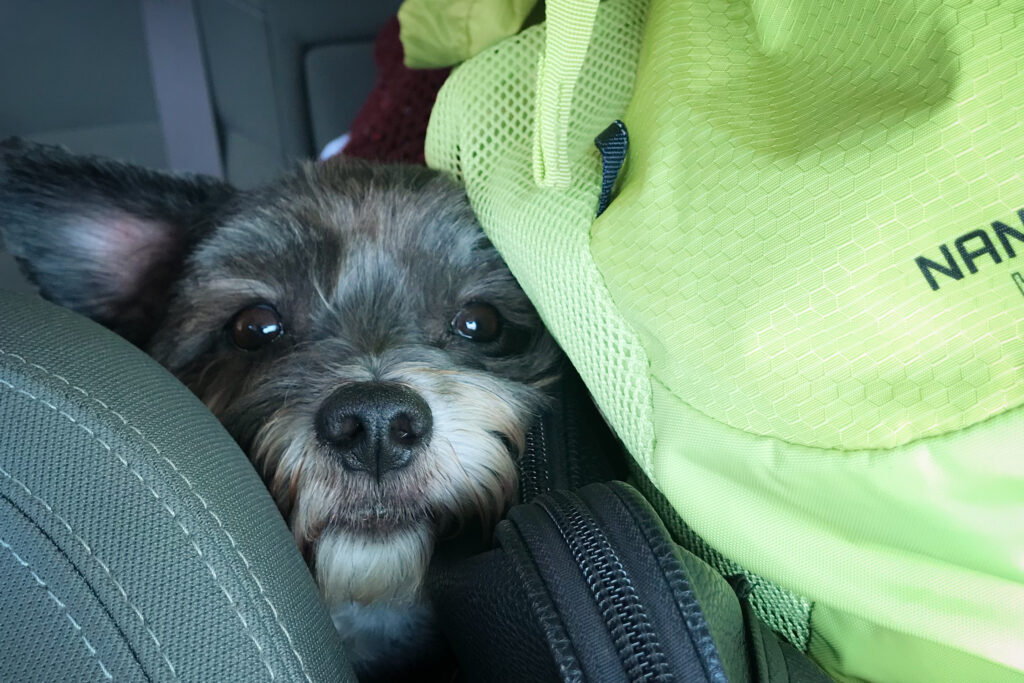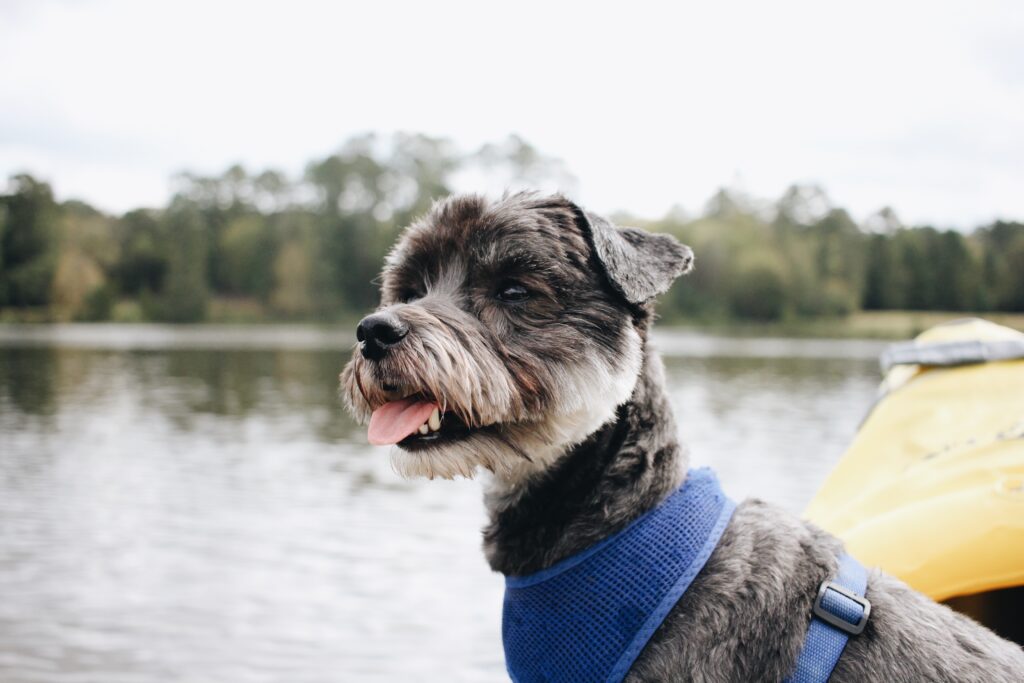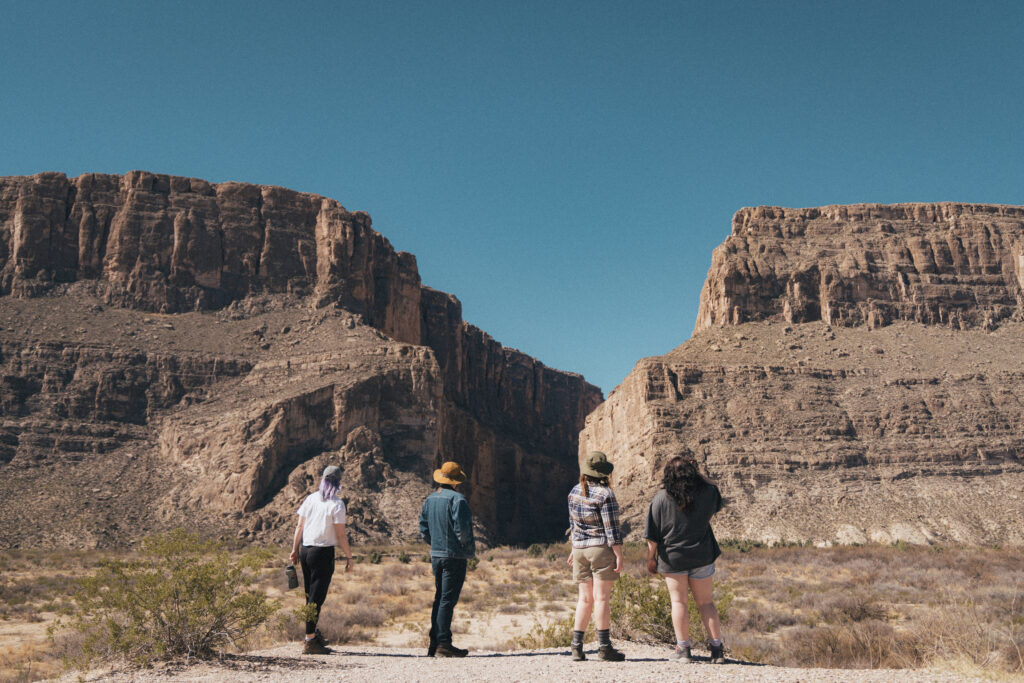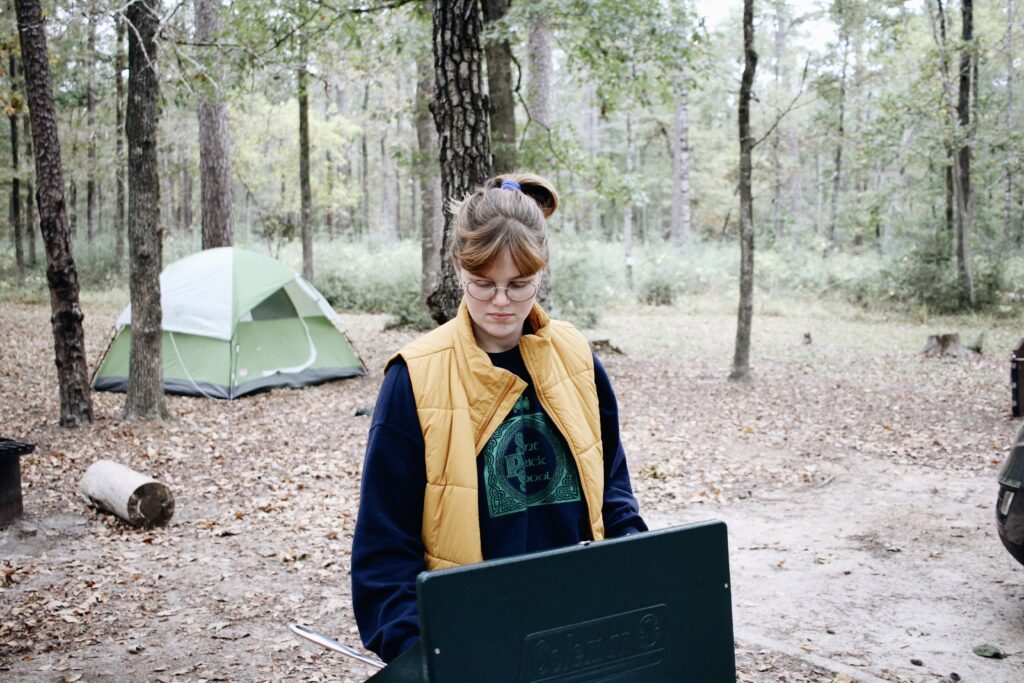If there’s one thing I’ve learned from camping with my 15-pound Maltese mix, Poe, it’s that small dogs bring big energy to the great outdoors. Poe absolutely loves camping—sniffing new trails, curling up by the fire, and claiming every sleeping bag as his own. But taking a small dog on a camping trip isn’t as simple as tossing their food bowl in a backpack and hitting the road.
In this guide, I’ll walk you through everything you need to know about camping with a small dog—from making sure they’re ready for the trip to keeping them safe at the campsite. Whether you’re bringing your pup for their first outdoor adventure or looking for ways to make camping with your dog even easier, I’ve got you covered.
Is your dog ready for camping?
Even if your dog can go camping, it doesn’t mean you should. Sometimes it’s better (and safer) to leave your dog with a trusted sitter than to bring it to an anxiety-inducing new place.
You know your dog best, but here are some general signs that your is ready for a camping trip:
- They’re comfortable in new environments. If your dog adjusts well to new places—like staying in hotels, visiting friends’ homes, or going on road trips—they’ll likely handle a campsite better than a dog who gets stressed outside of their usual routine.
- They enjoy the outdoors. Some small dogs love hiking, sniffing new trails, and exploring, while others prefer lounging on the couch. If your pup dislikes being outside for long periods, camping may not be a good fit.
- They’re good on a leash. Most campgrounds require dogs to be leashed, and even if they don’t, a leash is essential for safety. If your dog pulls constantly or isn’t reliable on a lead, practice before your trip.
- They don’t bark excessively. A barking dog can be disruptive to other campers and may attract unwanted wildlife. If your pup tends to bark at every sound or movement, consider whether you can manage this in a camping environment.
- They can handle a change in routine. Camping means a different feeding schedule, sleeping setup, and potty routine. If your dog struggles with change, a multi-night camping trip might be stressful for them.
- They can settle down at night. If your dog gets restless or anxious at bedtime, sleeping in a tent or RV may be difficult. Test their ability to relax in new sleeping environments before committing to a trip.
If your dog checks most of these boxes, they’re probably ready for a camping adventure! If not, it might be best to hold off on camping until they’re better prepared—or opt for a shorter, trial-run trip before heading out on a longer excursion.
Tips for Camping with a Small Dog
Camping with a small dog can be a fun and rewarding experience, but it also requires some extra planning to keep them safe, comfortable, and happy. Unlike larger dogs, small breeds can be more sensitive to temperature changes, have lower endurance for long hikes, and may be more vulnerable to wildlife.
Here’s what you should keep in mind.
1. Know campground rules.
Before you go, it’s important to know whether dogs are even allowed at the campground or park that you’re staying at.
Some campgrounds have breed or size restrictions, while others may have designated pet-friendly areas. Read the pet policies carefully, as some require dogs to be leashed at all times, while others might allow off-leash areas.
2. Update your pet’s microchip before you leave.
Accidents happen, and the last thing you want is for your dog to get lost in an unfamiliar place.
Before your trip, make sure your pet’s microchip information is up to date with your current contact details. If they don’t have a microchip, ensure they wear a collar with a clearly visible ID tag that includes a phone number where you can be reached while traveling. A temporary tag with your campsite number or a backup contact can also be useful.
3. Have an emergency plan.
It’s always good to be prepared. Research the nearest vet clinic or animal hospital before your trip in case of an emergency.
Save the address and phone number in your phone or write it down. Bring a pet first-aid kit with essentials like tweezers, bandages, antiseptic wipes, and any medications your dog might need.
4. Prepare them for the car ride.
Camping with a dog also means traveling with a dog. If they aren’t used to car rides, take a few practice runs to get them used to it.
It’s also important to secure your dog when traveling. Riding with a loose dog in the car is not only unsafe but can also be distracting. Secure them in a well-ventilated crate, use a pet car seat, or buckle them in with a dog seatbelt harness.
And make sure there’s no camping gear in your car that could fall on your dog while in transit. I speak from experience on this one. (Poe is okay!)

5. Pack all of the essentials.
When we go camping, Poe’s travel bag is usually bigger than mine!
Small dogs may not take up much space, but they still need plenty of gear. Here’s a basic checklist:
- Food and water (plus collapsible bowls)
- Leash, harness, and a long lead for the campsite
- A cozy bed or blanket
- Doggy waste bags
- A pet first-aid kit
- Weather-appropriate gear (jacket, cooling vest, paw protection)
- Favorite toys or comfort items
- Any necessary medications
It’s helpful to add these things to your camping packing list so that you don’t forget essential items.
Secure your dog at all times.
Never leave your dog unattended at the campsite. Even the most well-behaved dogs can get startled by unfamiliar noises, chase after wildlife, or wander too far and get lost.
Use a long lead or portable playpen to give your pup some freedom while keeping them contained. Avoid tying them too close to the fire or any high-traffic areas.
If your dog is prone to escaping, consider bringing a soft crate or pop-up tent where they can rest safely.
6. Protect them from the elements.
It’s good practice to keep a close eye on weather conditions anytime you go camping, but it’s especially important when you have a pup in tow.
Small dogs can be more sensitive to extreme temperatures. If you’re camping in warm weather, provide shade, plenty of water, and consider a cooling vest or mat. In colder conditions, pack a doggy sweater or blanket to keep them warm at night.
7. Keep insects at bay.
Bugs and insects are another important thing to keep an eye on.
- Keep mosquitoes and ticks at bay. Just like humans, dogs can get itchy bites and even contract diseases from mosquitoes and ticks. Use a vet-approved flea and tick preventative (such as a chewable, topical treatment, or collar) before your trip. In buggy areas, apply a pet-safe insect repellent—never use human bug spray, as ingredients like DEET can be toxic to dogs.
- Check for fleas and ticks regularly. Even if your dog is on flea and tick prevention, camping can put them at risk. Do regular, full-body insect checks and if you find a tick, remove it with fine-tipped tweezers or a tick removal tool. A flea comb can be helpful for removing fleas and remember to shake out their bedding before heading home to avoid bringing any unwanted hitchhikers with you.
- Watch out for fire ants and biting insects. Some campgrounds have fire ants, wasps, or other biting bugs that can cause painful stings. Keep your dog away from ant mounds and check their sleeping area for any insect activity. If your pup does get stung, have pet-safe antihistamines (like Benadryl—check with your vet for the correct dosage) on hand in case of an allergic reaction.
That dog first aid kit that we mentioned can help you handle any insect-related issues quickly. With the right precautions, you can keep your pup comfortable and bug-free during your camping adventure!
8. Keep them safe at the campsite.
Your campsite may seem like a fun, open space for your small dog to explore, but it can also pose a variety of risks.
When you first get to your campsite, check the area for any hazards like sharp rocks, thorns, or broken glass before letting your dog roam. Avoid toxic plants or mushrooms, which your dog might try to sniff or chew. If you’re unsure about plant safety, keep them on a designated dog-friendly path.
Always keep your pup at a safe distance from the campfire, as small dogs may not realize how hot the flames and embers can get. Also be cautious of hot cooking equipment—grills, cast iron pans, and fire pits can remain dangerously hot for hours after use.
Lastly, be sure to store food securely. Both dog food and human food can attract raccoons, bears, and other wildlife. Keep all food stored in airtight containers and locked away in a bear-proof box or vehicle overnight. Never leave your dog’s food bowl outside when they’re not eating—this can invite unwanted guests.
9. Bring something of comfort from home.
Camping can be an exciting but overwhelming experience for a small dog. Bringing a familiar item—like their favorite blanket, bed, or a well-loved toy—can help them feel more secure in a new environment.
For example, we bring Poe’s favorite blanket whenever we go camping. Not only does it keep him warm at night, but it wraps him in the familiar smell of home at night.
10. Be mindful of hiking distances.
Your small dog might have the energy of a big dog, but their little legs can only go so far! Be realistic about how far they can hike, and take breaks when needed. If your dog tires easily, consider bringing a dog backpack or sling so you can carry them when they need a rest. Always bring enough water for both of you and avoid hiking in extreme heat.
Happy Tails and Trails
Camping with a small dog takes a little extra planning, but it’s so worth it when you get to share the adventure with your four-legged best friend. With the right prep, your pup can enjoy the sights, smells, and snuggles of outdoor life right alongside you.




